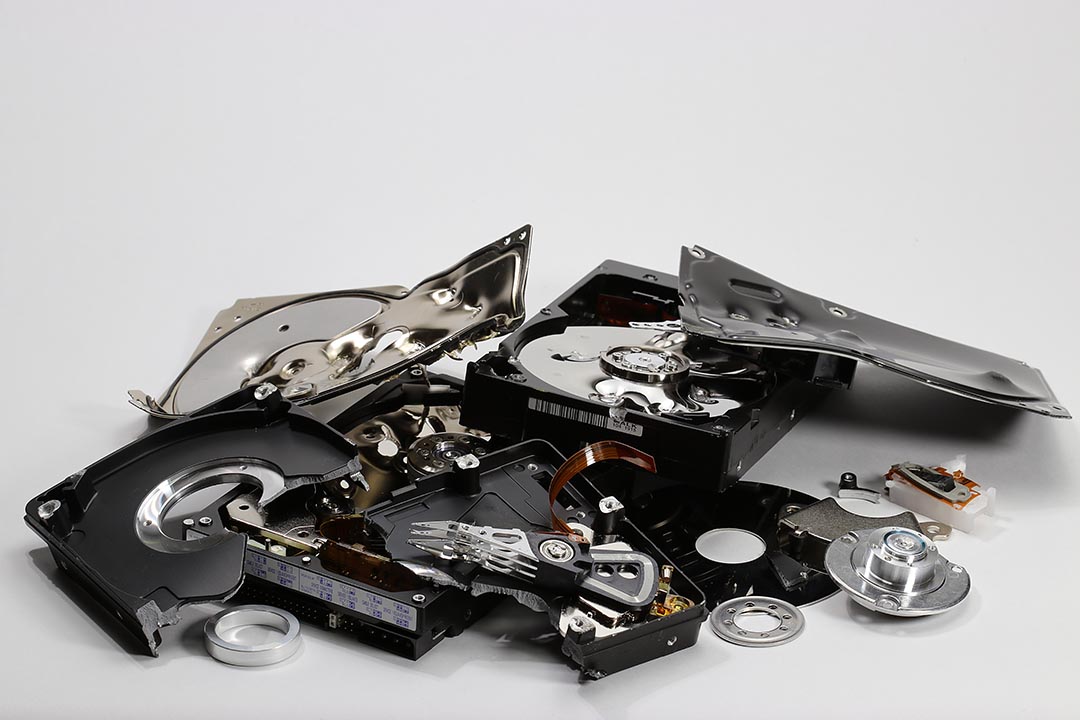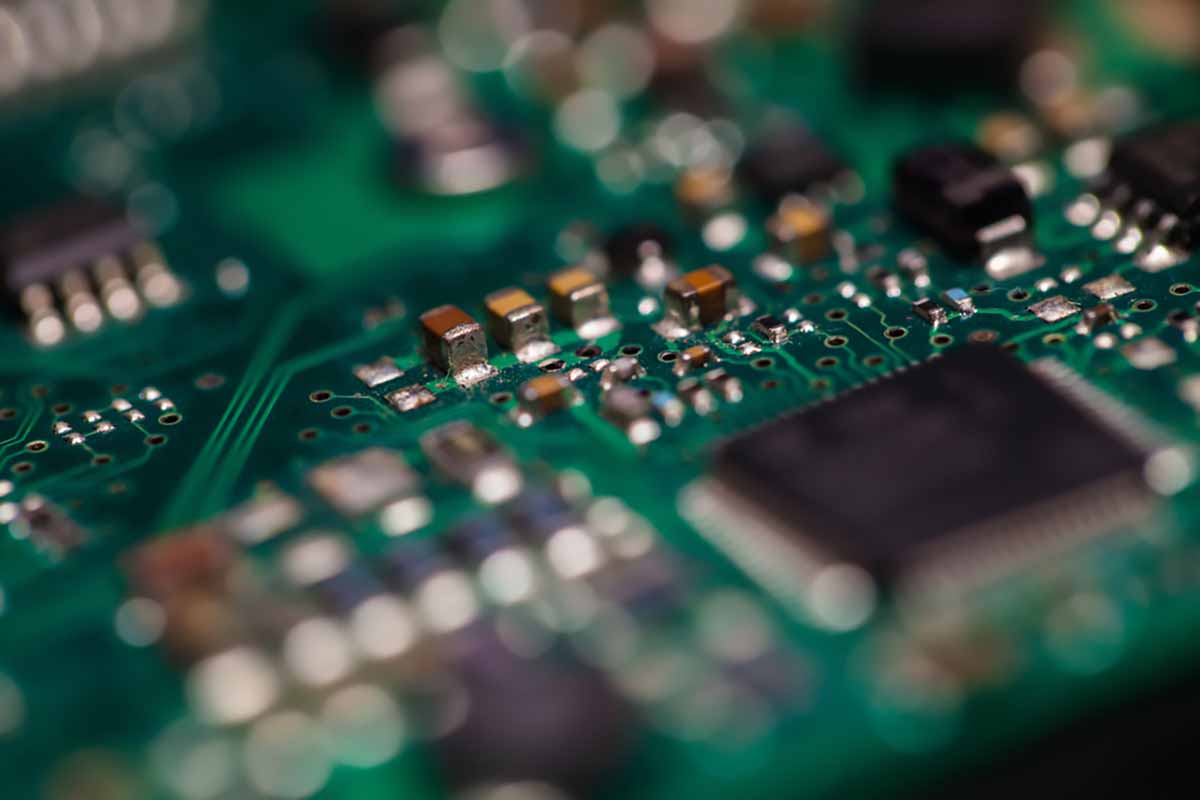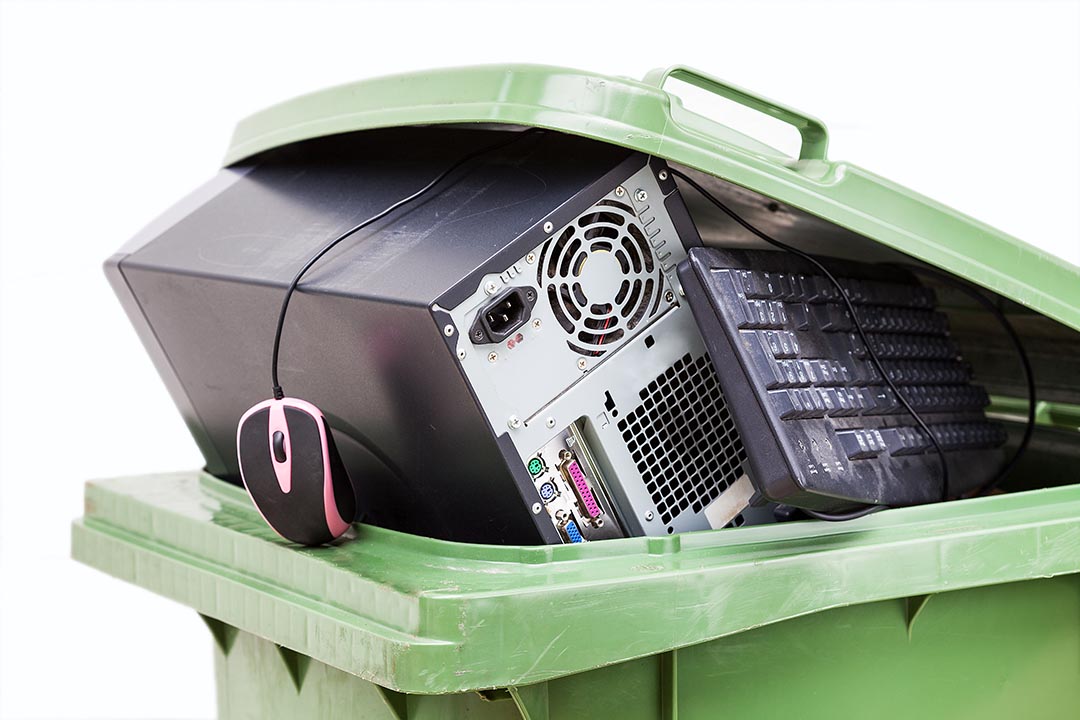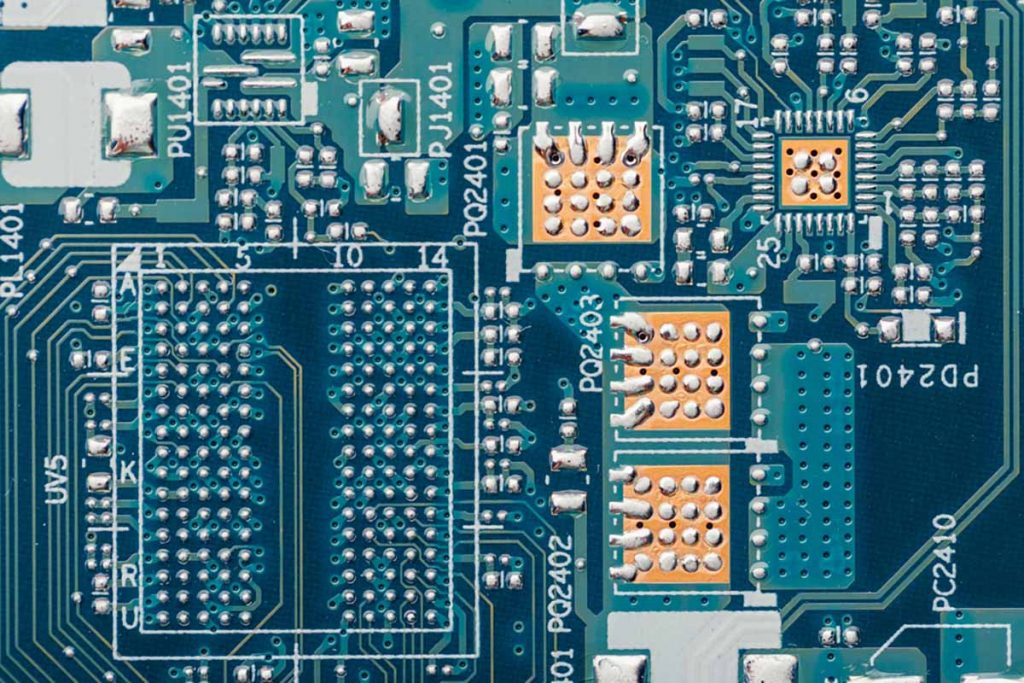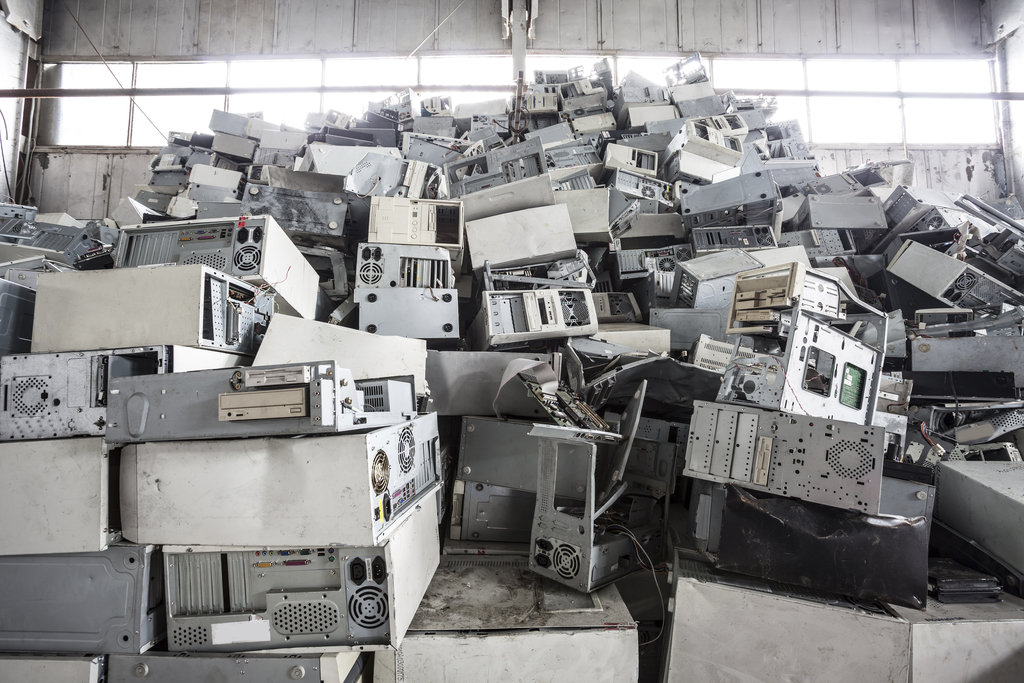
A United Nations University study found e-scrap generation fell during the pandemic, but the decrease varied by region. | chistoprudov dmitriy / Shutterstock
COVID-19 caused global consumption of electronics and electrical appliances to fall by about 6.4%, which likely means the planet will witness a dip in e-scrap generation, according to new report estimates.


